Australia So Much to See

The road north from Kingoonya joined the Stuart Highway. Although much of the land we were travelling through was within the
Woomera Prohibited area, it was till occupied by stations and some mines.
Approaching Coober Pedy, the land became more
desolate, then piles of white rocks indicated many exploratory opal mining holes.
Stuart Memorial on the southern edge of the town commemorates explorer John McDouall Stuart’s expeditions from Adelaide to Darwin. He was the first explorer in the Coober Pedy area in 1858. The Stuart Highway through South Australia and the Northern Territory carries his name, as does the Stuart Range.
The town was at first known as the Stuart Range Opal Field, but in 1920 when a new
name was sought, Coober Pedy was chosen, from the Aboriginal words Kupa Piti which are thought to mean “white man in hole on the ground”
or “whitefella burrow”, referring to the dugout dwellings.
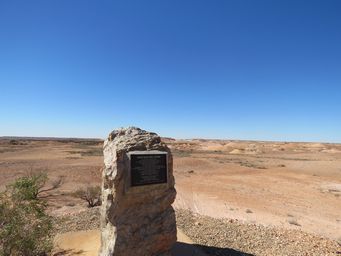
John McDouall Stuart
We chose to stay at Riba’s Caravan Park and Underground Camping. Powered sites are under shadecloth (above left), and office
plus a television room with free WiFi are underground (above right showing office and mine entrances). This is on the south
side of town, a short way along the William Creek Road.
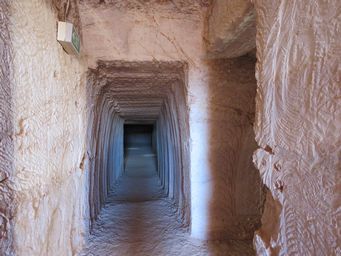
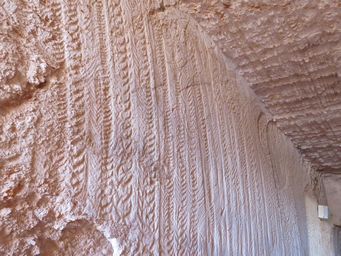
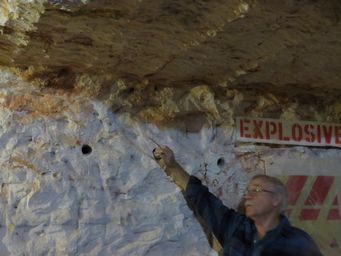
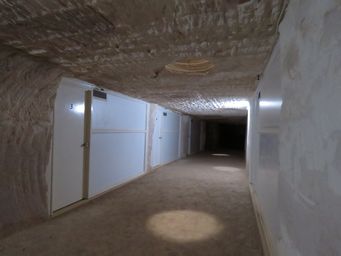
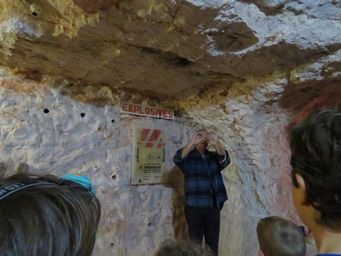
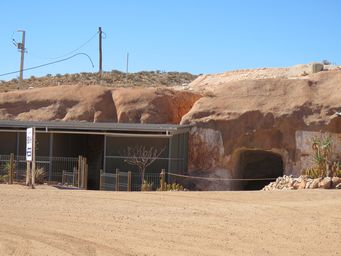
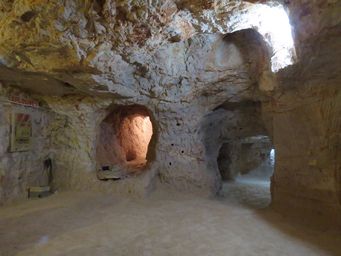
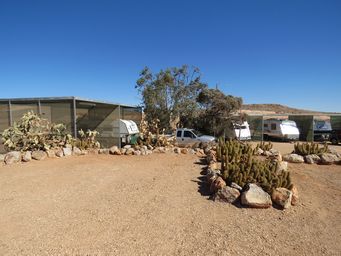
There is also a walk-in mine where tours are conducted and the history of opal mining explained. While the caravan park is fully serviced, including hot showers and a laundry, there were no taps at all where water could be accessed. Water is precious in Coober Pedy.
At right are the underground furnished rooms. All campers have access to the amenities block, and there is a fully enclosed camp kitchen equipped with gas burners, barbecues, sinks and seating adjacent.
Water fill for caravan tanks is from outlets near the visitor centre and dump point, with $1.00 in the meter delivering 30 litres
of good quality fresh water. There is a dump point nearby.